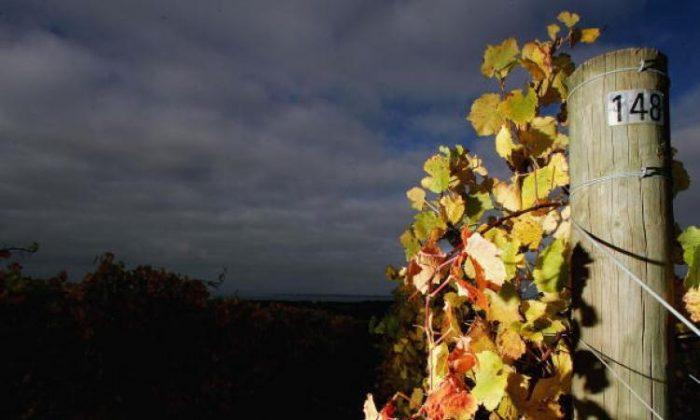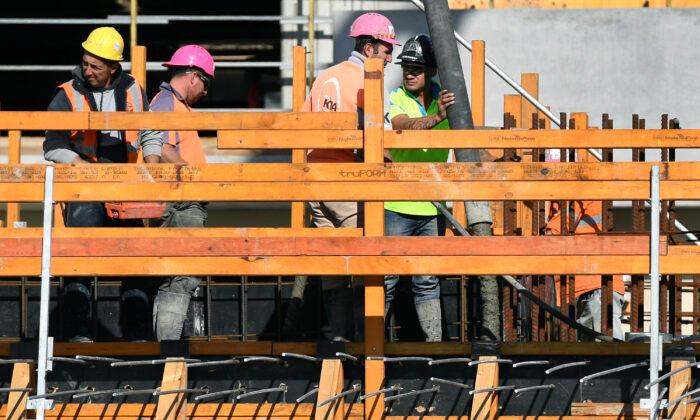The Australian federal government will be offering new incentives to attract Australians into farm work in a bid to address critical labour shortages that will cripple fruit and vegetable suppliers around the country.
The move comes as the country’s fruit and vegetable industry predicts it will have over 20,000 casual labour shortages over the next six months as a result of COVID-19 restrictions.
In a report for Horticulture Innovation Australia, Ernst & Young estimated that workforce shortage across the industry would increase from November this year and reach a peak of 26,000 in March 2021.
The survey-based analysis also identified seven key production regions to be hardest hit, including Cairns and Wide Bay region in Queensland; North West Victoria and Shepparton; Coffs Harbour, Grafton and the Murray regions in New South Wales; and South Australia’s southeastern region.
Finding enough casuals to pick and pack fruit and vegetables has always been a long-term issue for Australian growers, and the international and state border closures have exacerbated the situation.
AUSVEG, Australia’s industry body for vegetable and potato growers, is urging state and federal government to act promptly to help growers get access to essential farmworkers from home and overseas.
Among top measures he singled out was the prioritisation of the Seasonal Worker Program to resume flights to pacific islands to facilitate the transit of overseas labourers.
In August, the federal and northern territory governments launched a pilot seasonal workers program, which has enabled 163 workers from Vanuatu to enter the territory to harvest mangoes.
White Also wants the government to develop an appropriate incentive program for domestic workers who are willing to work on farms.
“Growers always have a preference to employ local workers, particularly during the current economic environment that is resulting in many Australians losing their livelihoods,” said White. “But more needs to be done to develop targeted incentive packages to entice willing and able local workers to work on farms.”
New Incentives Targeting Welfare Recipients
Prime minister Scott Morrison signalled at a media conference in Canberra on Sept. 29th that more measures would be announced soon to facilitate access to overseas and local workers.These include allowing them to earn a certain amount of income from a farm before welfare payments are affected, as well as offering more accommodations and transports.
He emphasised that the government is doing everything it can to get Australians to have the first opportunity.
“No foreigner can take these jobs unless Australians are given the first crack at it,” he said.
While pointing out that the farmworker shortage is a “multi-faceted and multi-jurisdictional” issue requiring “multi-pronged” approach, Littleproud confirmed new measures, based on discussions with peak industry groups, would be announced very soon.
“It’s imminent, “he said. “And those discussions are basically really being finalised.”
So far all states and territories except Western Australia have opted-in to restart the seasonal worker program.





Friends Read Free